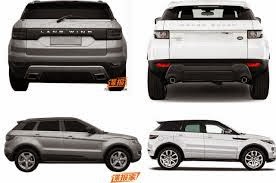Posts
Showing posts from 2014
Land Rover Calls Chinese Auto Maker a Knock-Off
- Get link
- X
- Other Apps
The Business of Blogging: What the Federal Trade Commision Has to Say About Blog Endorsements (Part 2)
- Get link
- X
- Other Apps
The Business of Blogging: Bloggers, Fashion Brands, and Retailers (Part 1)
- Get link
- X
- Other Apps
Dolce & Gabbana Not Guilty of Tax Evasion
- Get link
- X
- Other Apps
Happy 2nd Anniversary Fashion Legallaire
- Get link
- X
- Other Apps
Dress like Olivia Pope with The Limited's Scandal Collection
- Get link
- X
- Other Apps
Make the Stain #1: Did River Island Knock Off the Nike 5.0 v 4 Trainers?
- Get link
- X
- Other Apps
Louboutin Loses Trademark for Red Soles in Belgium, Luxemborg, and the Netherlands
- Get link
- X
- Other Apps
Fashionable Technology and Intellectual Property Rights
- Get link
- X
- Other Apps



.PNG)



